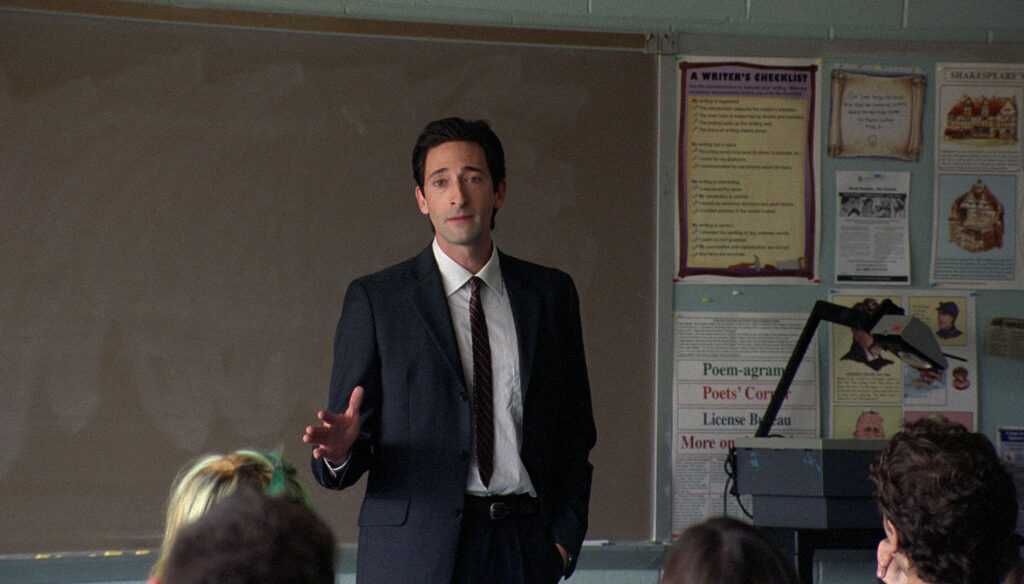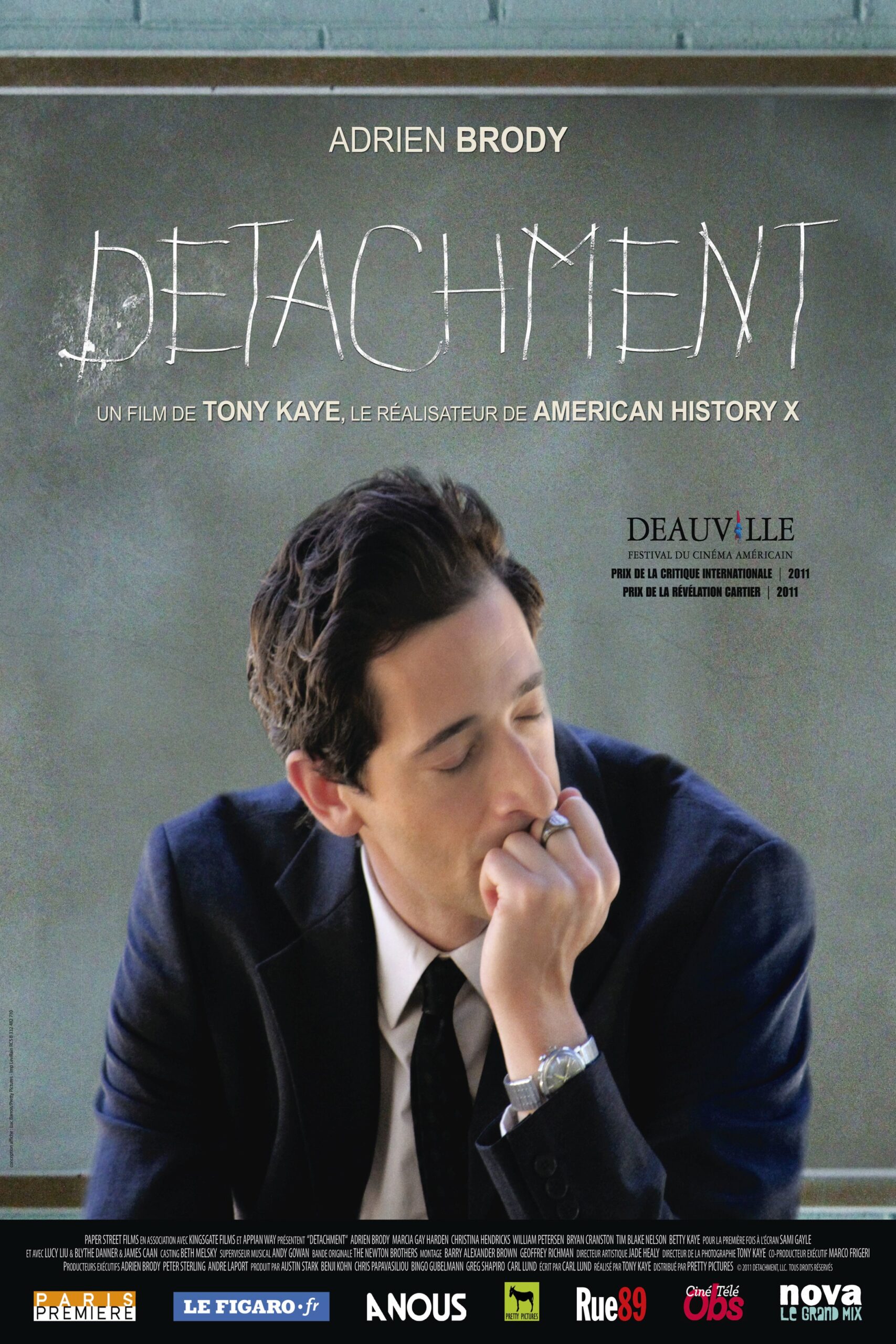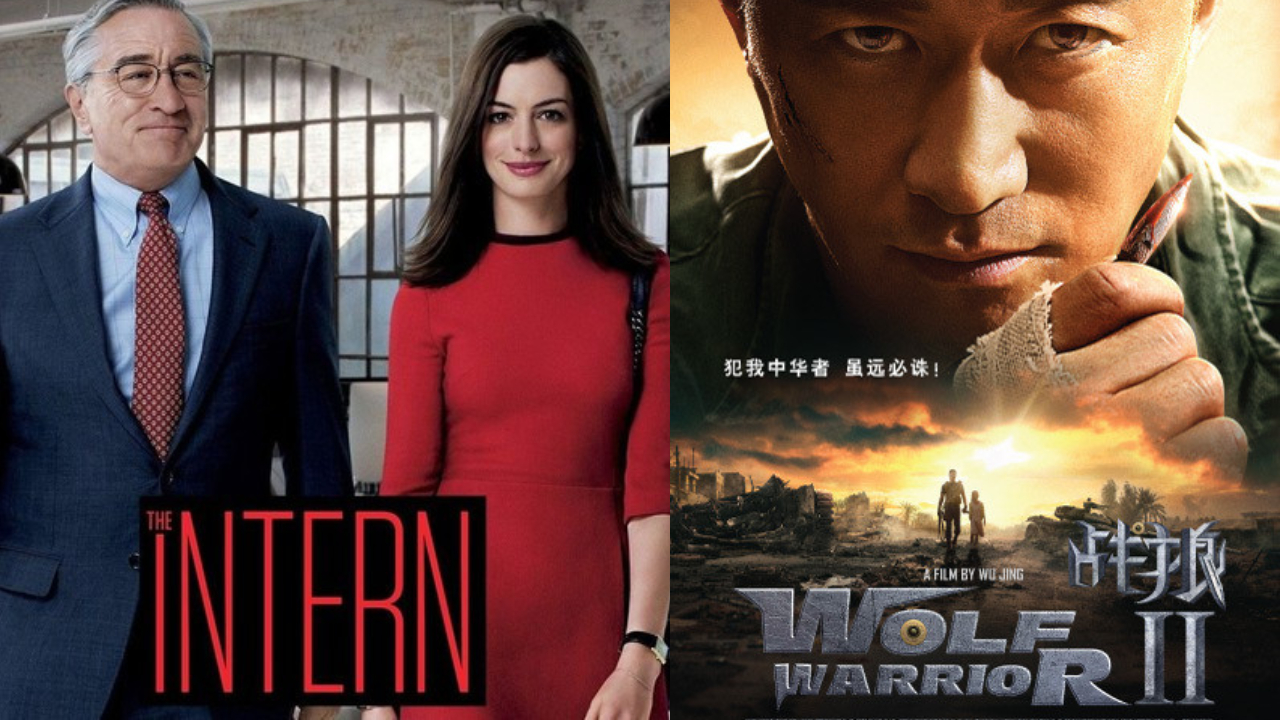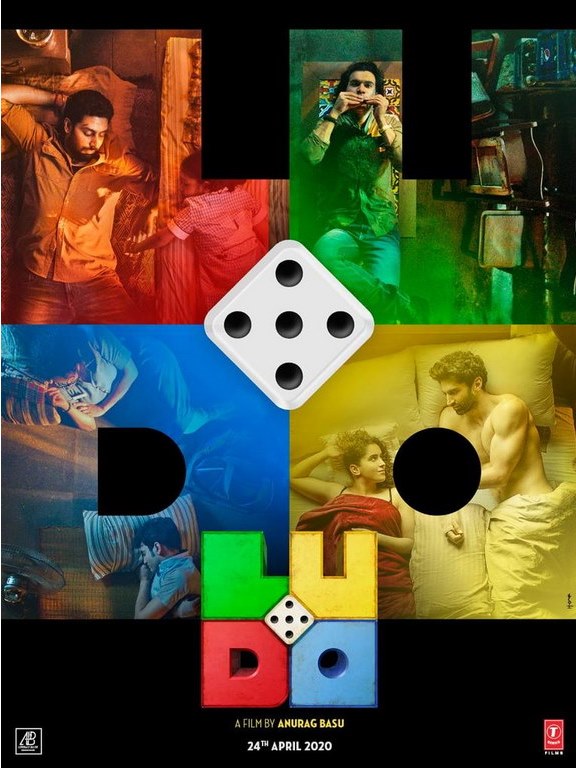Exploring Detachment: A Deep Dive into Characters and Craft
Tony Kaye’s Detachment is a haunting exploration of fractured lives, where teachers and students confront an ailing educational system. Led by Adrien Brody, this 2011 drama unveils the emotional struggles of its characters through a kaleidoscope of perspectives. Here, we’ll delve into the film through the eyes of its central characters, while also highlighting its striking performances, cinematography, and music.
Henry Barthes: The Detached Teacher
Adrien Brody’s portrayal of Henry Barthes is Detachment’s anchor. A substitute teacher with his own hidden wounds, Henry feels torn between a desire for connection and an urge to keep his distance. Through Henry’s perspective, viewers see the depth of his struggles: he is both deeply caring and deeply hurt.
Brody’s restrained yet powerful performance draws us into Henry’s inner world. To heighten this sense of isolation, Kaye uses close-ups and intimate, handheld shots. These shots reflect Henry’s feeling of always being on the outside, yearning for connection yet bound by a need for distance.

Erica: The Vulnerable Youth
Erica, portrayed by Sami Gayle, is a young runaway searching for a moment of peace. For her, Henry becomes a rare source of kindness in a world that has shown her little compassion. Erica’s scenes reveal Henry’s tenderness, a quality he usually keeps hidden from others.
The cinematography captures her journey with a blend of realism and vulnerability, shifting to softer tones when she’s with Henry. This subtle change hints at the brief, fragile solace she finds in his presence, contrasting her turbulent life.

Dr. Parker: The Burned-Out Counselor
Lucy Liu’s Dr. Parker is a school counselor who has hit a breaking point. We see her compassion wear thin as she struggles against a system that feels indifferent. Liu’s performance is raw and unfiltered, especially in moments of intense frustration when she confronts the system’s failings.
Cinematography reflects Dr. Parker’s exhaustion through static, wide shots of her office, capturing the lifelessness of her surroundings. The visuals effectively underscore her frustration and her feeling of being trapped within the institution.
Mr. Seaboldt: The Idealistic Teacher
James Caan’s Mr. Seaboldt provides a bit of humor and irony to balance the film’s heavy themes. An idealistic teacher, he’s one of the last to believe education can change lives. His perspective highlights the conflict between hope and disillusionment that many educators experience.
Mr. Seaboldt’s scenes feature a more vibrant color palette, symbolizing his lingering hope. His dialogue, witty yet tinged with somber reflection, underscores the futility he feels as he watches his ideals slip away.
The Haunting Music
The score by The Newton Brothers is both haunting and delicate, emphasizing themes of alienation and fleeting hope. Each piece resonates with the emotional highs and lows of the characters, deepening their stories. The music ebbs and flows, accompanying moments of Henry’s introspection and Erica’s vulnerability, drawing viewers further into the film’s emotional depths.
Cinematography: Visually Capturing Isolation
Kaye’s cinematography combines documentary-style shots with intimate close-ups, capturing the characters’ isolation and disillusionment. His choice of shadow-laden frames and muted colors enhances the film’s tone, underscoring the distance and vulnerability each character feels.
Conclusion: A Moving Reflection on the Human Condition
Detachment invites viewers to experience its characters’ lives in a deeply personal way. Adrien Brody’s captivating performance as Henry is supported by a stellar ensemble cast, evocative music, and skillful cinematography. With each element working together, Kaye crafts a film that powerfully explores despair, fleeting hope, and the search for meaning.
Whether drawn in by the intense performances or thoughtful cinematography, Detachment promises an experience that lingers well after the credits roll.


